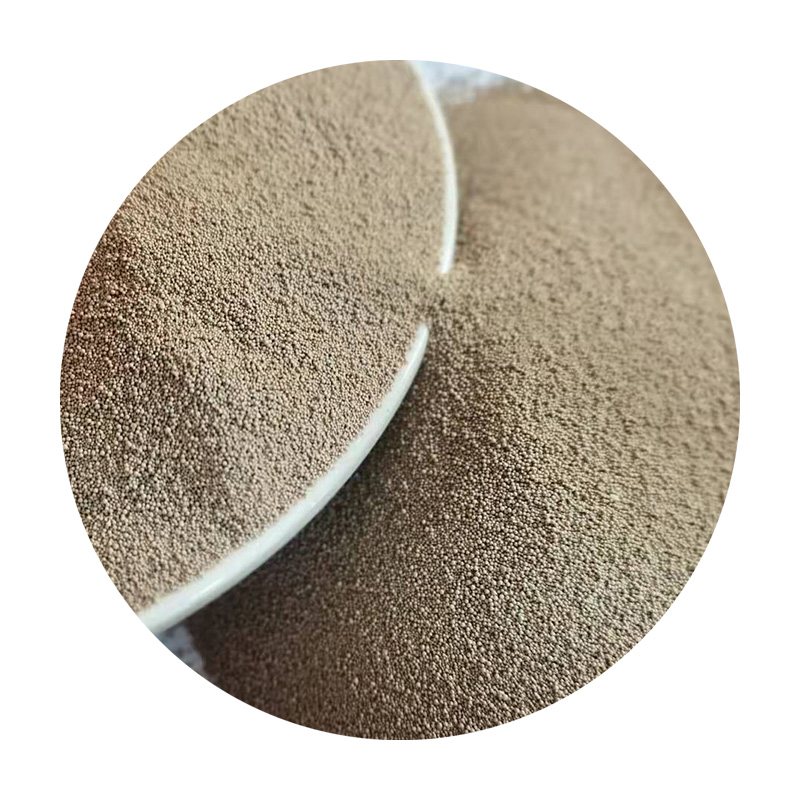Conclusion of Sand Casting An Overview
Sand casting is one of the oldest and most versatile metal forming processes known to humanity. Its significance in manufacturing cannot be overstated, as it offers a range of advantages that make it an invaluable method for producing a variety of parts across numerous industries. As we delve into the conclusion of sand casting, we will summarize its key advantages, applications, challenges, and future outlook.
Conclusion of Sand Casting An Overview
Cost-effectiveness is another significant advantage of sand casting. The materials used for making sand molds, primarily silica sand and binder materials, are relatively inexpensive and readily available. Furthermore, the process does not require expensive tooling, making it accessible for both small-scale operations and large manufacturing facilities. This affordability creates opportunities for startups and small businesses to enter the market without prohibitive initial investments.
sand casting conclusion

Moreover, the sand casting process is notably straightforward. It involves less complex equipment compared to other casting methods, which translates to lower production costs and easier setup. This simplicity can lead to shorter lead times, allowing manufacturers to respond quickly to customer needs and market demands. The ability to easily modify molds also means that adjustments can be made swiftly, further enhancing production efficiency and flexibility.
However, sand casting is not without its challenges. One of the most pressing issues is the potential for defects, such as gas porosity, shrinkage, and sand inclusions. These defects can affect the integrity and performance of the final product, leading to increased scrap rates and rework. It emphasizes the importance of skilled labor and careful monitoring throughout the manufacturing process. Additionally, as environmental concerns continue to rise, the sand casting industry faces challenges related to waste management and sustainable practices. Efforts to recycle sand and minimize waste are crucial as manufacturers strive for greener operations.
Looking ahead, the future of sand casting appears promising, driven by technological advancements. Innovations such as 3D printing of sand molds are revolutionizing the industry, allowing for greater precision and complexity in mold designs. These advancements not only improve the quality of castings but also reduce lead times and material waste. Additionally, the integration of automation and digital technologies is likely to enhance production efficiency and consistency.
In conclusion, sand casting remains a cornerstone of metal manufacturing, offering significant advantages in terms of versatility, cost-effectiveness, and ease of use. While challenges such as defect management and environmental sustainability persist, ongoing advancements in technology hold the promise of enhancing the process for future applications. As industries continue to adapt and evolve, sand casting is poised to play a crucial role in meeting the diverse needs of modern manufacturing. The combination of traditional methods and innovative technologies ensures that sand casting will remain relevant and vital for years to come.
Post time:Oct . 31, 2024 11:12
Next:difference between sand casting and permanent mold casting
